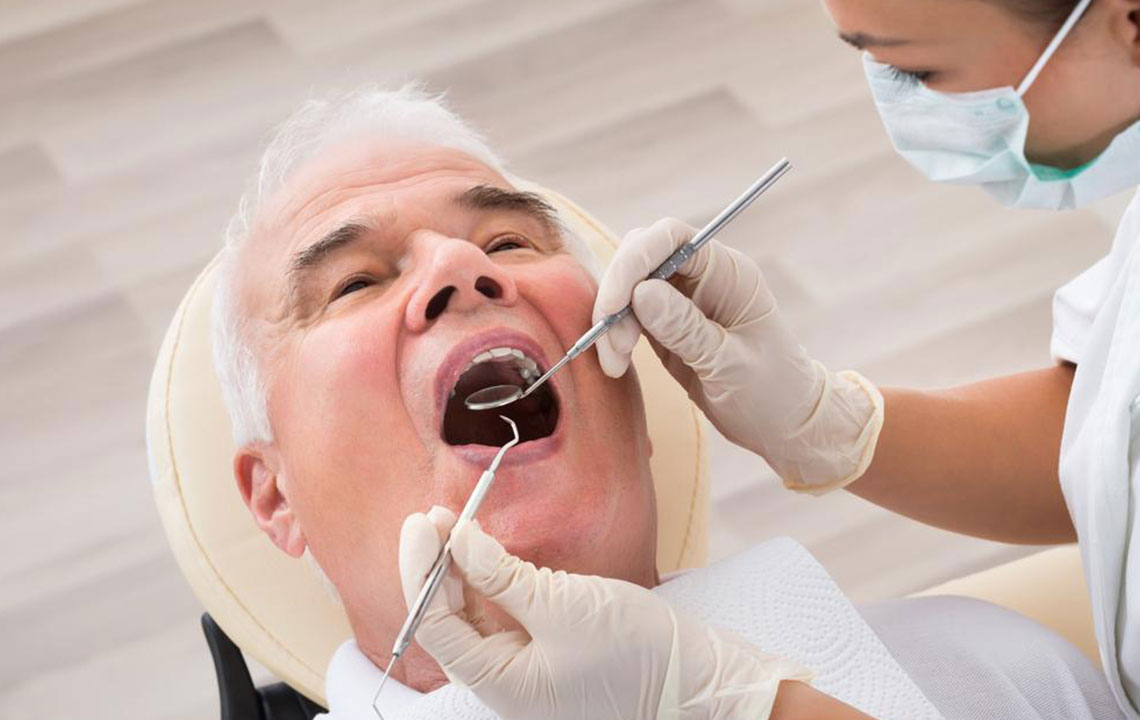Comprehensive Guide to Affordable Dental Insurance: Selecting the Best Coverage for Your Budget
This detailed guide explains how to choose affordable and comprehensive dental insurance plans, covering types, benefits, costs, and tips to find the best coverage for your budget. Learn how DHMO and PPO plans differ, what coverage is generally included, and how to manage limits and deductibles to optimize your dental care expenses. Whether you're looking for basic coverage or need specialized treatments, this article helps you make informed decisions that promote overall oral health while maintaining financial efficiency.

How to Choose the Right Dental Insurance Plan That Fits Your Financial Plan
Maintaining good oral health is essential, but the cost of regular dental check-ups and treatments can quickly accumulate, especially for families or individuals with ongoing dental needs. Fortunately, dental insurance plans provide a cost-effective way to access quality dental services while minimizing out-of-pocket expenses. Selecting the appropriate dental coverage requires understanding your options, financial considerations, and coverage details to ensure you receive the best value for your money.
Understanding the Significance of Dental Insurance
Dental insurance acts as a financial safety net, helping you manage expenses for both routine dental care and more complex procedures. Routine check-ups, cleanings, fillings, root canals, and even oral surgeries can become expensive if paid out-of-pocket. A well-chosen insurance plan not only reduces these costs but also encourages regular dental visits, contributing to overall health and well-being.
Types of Dental Insurance Plans: DHMO vs PPO
When searching for dental coverage, you'll primarily encounter two major types of plans: Dental Health Maintenance Organization (DHMO) and Preferred Provider Organization (PPO). Understanding their distinct features helps you make an informed decision tailored to your needs and budget.
DHMO (Dental Health Maintenance Organization): This plan typically requires members to select a primary dentist from a network of providers. Patients need referrals from their primary dentist to see specialists or receive certain treatments. DHMO plans often have lower premiums and copayments, making them cost-effective for those willing to accept some restrictions on provider choice and referral processes.
PPO (Preferred Provider Organization): PPO plans offer greater flexibility by allowing patients to visit any licensed dentist, whether inside or outside the network. While this flexibility comes with potentially higher premiums and copayments, PPO plans are ideal for individuals who prefer convenience and access to a broader range of providers.
Coverage Scope of Common Dental Procedures
Both DHMO and PPO policies generally include coverage for essential dental services such as routine examinations, cleanings, fillings, X-rays, extractions, and root canals. However, coverage for specialized treatments like dental implants, crowns, orthodontics, or oral surgeries may vary between plans. It’s vital to review the specific benefits of each plan, especially if you anticipate requiring extensive or specialized dental work in the near future.
Limits and Caps in Dental Insurance Plans
Most dental insurance policies impose annual or lifetime caps on coverage benefits. For example, a plan might cover up to $1,000 or $2,000 in dental treatments per year or lifetime. Understanding these limits prevents surprises if you require extensive care, and selecting a plan with higher caps may entail higher premiums but could be advantageous for those with ongoing dental needs.
Managing Deductibles and Coinsurance
The deductible is the amount you pay before your insurance benefits begin. Plans with lower deductibles usually have higher premiums, while those with higher deductibles generally cost less per month. Carefully compare the deductible amounts across different plans, considering your budget and how often you expect to need dental services. Additionally, review the coinsurance rates—what percentage of treatment costs you cover after meeting the deductible—so you understand your potential financial responsibility.
Additional Considerations When Choosing Dental Coverage
Besides premiums, deductibles, and coverage limits, consider other factors such as waiting periods for certain treatments, provider networks, and whether orthodontics or cosmetic procedures are included. If you have specific dental health concerns or plan to seek particular treatments, verify that your chosen plan covers these services sufficiently.
Final Tips to Select the Best Dental Insurance for Your Budget
To ensure you make the most suitable choice, assess your dental health needs, financial situation, and preferred provider flexibility. Request quotes and detailed benefit summaries from multiple insurers, compare premiums and out-of-pocket costs, and verify network restrictions. Remember that investing in a plan that suits your needs not only saves money but also promotes healthier dental habits and overall well-being.
By following these comprehensive guidelines, individuals and families can select dental insurance plans that provide dependable coverage without overstretching their budget, ensuring healthier smiles for years to come.





